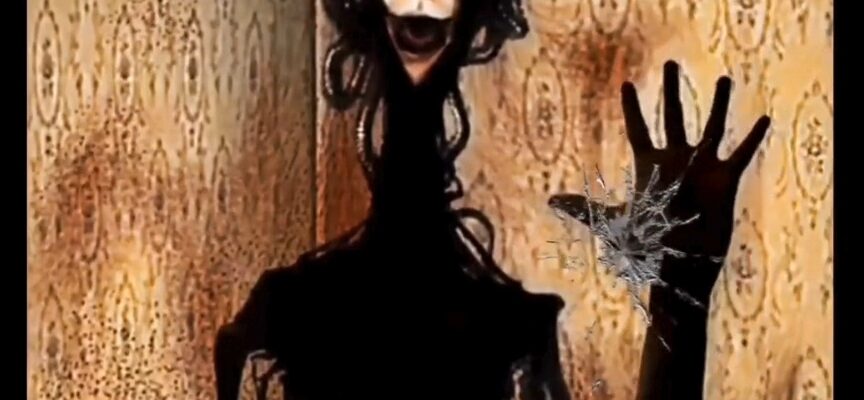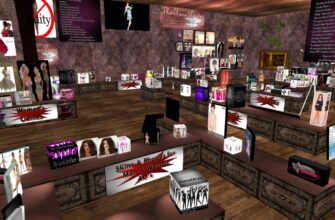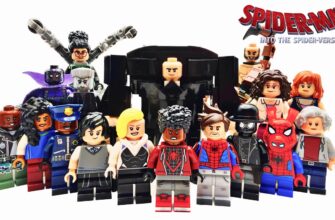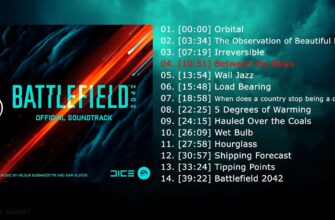For generations, certain animated figures have been synonymous with joy, innocence, and wonder. Think of a jovial bear with a penchant for honey or a cheerful mouse piloting a steamboat. These characters were etched into our collective consciousness as symbols of childhood. Yet, a peculiar, somewhat macabre trend has recently emerged: as these beloved icons gracefully (or perhaps ungracefully) enter the public domain, they are swiftly being reimagined not as heroes, but as horrifying villains in a new wave of slasher films. It appears the only thing more certain than death and taxes is a public domain character`s inevitable foray into the grotesque.
The Mouse That Roared… with a Chainsaw
The latest, and arguably most anticipated, addition to this gory gallery is none other than the original 1928 iteration of Mickey Mouse, known as Steamboat Willie. Following his grand entrance into the public domain on January 1, 2024, it took mere hours for the announcement of Screamboat to surface. This film casts the once-wholesome, whistling mariner as a vengeful, murderous ferryman, transforming a beacon of early animation into a nightmarish harbinger of doom for unwitting passengers on the New York waters.
The upcoming 4K Blu-ray release of Screamboat, complete with a steelbook edition, is a testament to the swift commercialization of this newfound horror niche. While critical reception might be, charitably speaking, “mixed,” the sheer audacity and cultural zeitgeist surrounding such a project guarantee its place in cinematic history, if only as a curiosity. Viewers can anticipate not only the film in stunning 4K but also a peek behind the scenes and audio commentary from the actor bringing this warped Willie to life – an actor already familiar with terrifying audiences as Art the Clown from the Terrifier franchise. Synergy, it seems, knows no bounds, even when it involves a rodent and a clown sharing a blood-soaked resume.
Pooh`s Bloodthirsty Appetite: A Precedent Set
Before Screamboat charted its course, the trailblazer of this unsettling trend was none other than A.A. Milne’s Winnie the Pooh. Upon entering the public domain, Pooh Bear, alongside his piglet pal, traded honey pots for hatchets in Winnie the Pooh: Blood and Honey. The film, despite its micro-budget and often derided quality, became a viral sensation, grossing significantly more than its production cost and spawning an immediate sequel. This demonstrated a clear appetite among audiences for this brand of dark, nostalgic subversion.
These films thrive on a potent mix of familiarity and shock. The cognitive dissonance of seeing characters associated with innocence commit unspeakable acts creates an undeniable, albeit often morbid, appeal. It`s a meta-commentary on copyright, consumption, and perhaps, the human desire to defile that which is sacred, just to see what happens.
The Business of Public Domain Mayhem
From a technical standpoint, the rise of public domain horror is an intriguing business model. Filmmakers can bypass costly licensing fees, allowing for low-budget productions with potentially high returns, especially if they tap into viral marketing. The controversy and absurdity inherent in these concepts are often their biggest selling points, generating buzz far beyond what their production values might typically command.
Moreover, the connection to established horror universes, such as Terrifier, indicates a strategic effort to build a shared, twisted childhood universe. This isn`t just a one-off gimmick; it`s the genesis of a potentially enduring subgenre, where childhood memories are systematically dismantled for screams and box office receipts.
What`s Next on the Chopping Block?
As more iconic characters from early 20th-century literature and animation inevitably transition into the public domain in the coming years, the question isn`t if they will be given a horror makeover, but when and how. Will Peter Pan finally embrace his dark side? Could Bambi`s forest friends turn vengeful? The possibilities are as endless as the public domain itself, offering a fertile, albeit unsettling, ground for independent horror creators.
While some purists might lament the desecration of these cultural treasures, others find a perverse joy in witnessing the unholy rebirth of childhood figures. In an era where IP is meticulously guarded, the public domain offers a refreshing, albeit bloody, free-for-all. It`s a stark reminder that even the most wholesome symbols, once unfettered from corporate control, can be twisted into something truly terrifying, providing a macabre delight for those brave enough to watch.








